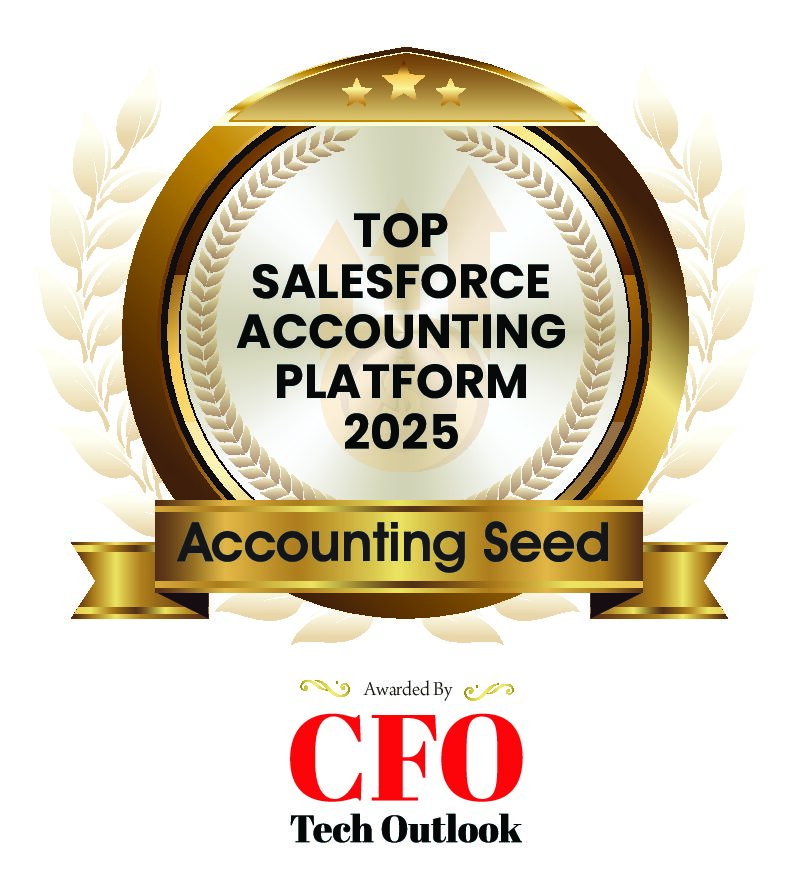
Your company’s balance sheet reports are a window into your financial health and progress. Besides being able to understand these documents. It’s mission-critical that your software is able to generate balance sheet reports accurately and clearly for you to use. Here’s your crash course in understanding and compiling these reports, as well as how your accounting software can ease the process.
The Role of Balance Sheets and Balance Sheet Reporting
Balance sheets serve to clearly outline the assets, liabilities, and equity (net worth) of your organization over a defined period of time. Another name for a balance sheet, or balance sheet report, is a statement of financial position. The document uses the following formula to compute:
- Assets = Liabilities + Shareholders’ Equity
Other variations of the formula include:
- Owners’ Equity = Assets – Liabilities
- Liabilities = Assets – Owners’ Equity
It’s important that the balance sheet also includes details and notes surrounding the entries. The goal is to illustrate why the numbers are the way they are and provide insight that could inform strategies towards improvement. For example, accountants should note the potential for new liabilities not listed in the document and how to avoid pitfalls.
Reading the Balance Sheet Reports
Understanding balance sheet reports is important for a number of reasons. Before we get into how to read them let’s look at who these reports will most be affected by.
Key Stakeholders
Investors: These reports will indicate the cash flow and potential of an organization that will influence investing in the organization.
Business Leaders: Leaders will use this to visualize and understand the assets and liabilities of the organizations to create stronger strategies.
Accounts: Accountants will compile this data and use the balance sheet to assess how the business can adjust itself for the best financial health.
Managers: Managers can use this data to adjust their processes and key performance indicators (KPI)s to achieve organizational goals.
Understanding the Data
While different roles will examine the balance sheet report for different reasons and insights, there is a general way to interpret it. What’s essential to understand is that the sheet accounts must always balance each other out.
Equities must equal the assets minus liabilities and liabilities have the same amount as assets minus the owner’s equity. When the sheet does not balance out, this will indicate errors in the preparation. To have a clear understanding of how the finances performed during the period. By analyzing the activity, the balance sheet will indicate your rate of cash flow, depreciation, and a clear picture of what your company owns.
You can also gauge the value of your assets and trends of liabilities by seeing the changes in the balance sheet over time. This is why accurate balance sheets are important for managing financial health and business growth.
Accounting Seed Balance Sheet Reports
Compiling an effective balance sheet report is as easy as a button click with Accounting Seed. Simply click the button and your report is generated with drill-down to source transactions. This is important for identifying the trends of all your finances and seeing and measuring how your initiatives impact return on investment.
Our point and click creation option for financial reports comes with the option of including user-defined rows, columns, and calculations. Users can format financial statements with blank rows, indents, percentages, and underlines. Financial statements are easily exportable to PDF or Excel for your convenience, including balance sheets.
Additionally, our flexible general ledger and chart of accounts structure lets you group and monitor assets, liabilities, and equities in a way that is most convenient and effective for your organization. Schedule your free, personalized demo today to see how we help you run your accounting yourway.
See Accounting Seed in action
Get a close-up view of how accounting on Salesforce can eliminate the need for costly integrations—and silos of mismatched information—by sharing the same database as your CRM.



